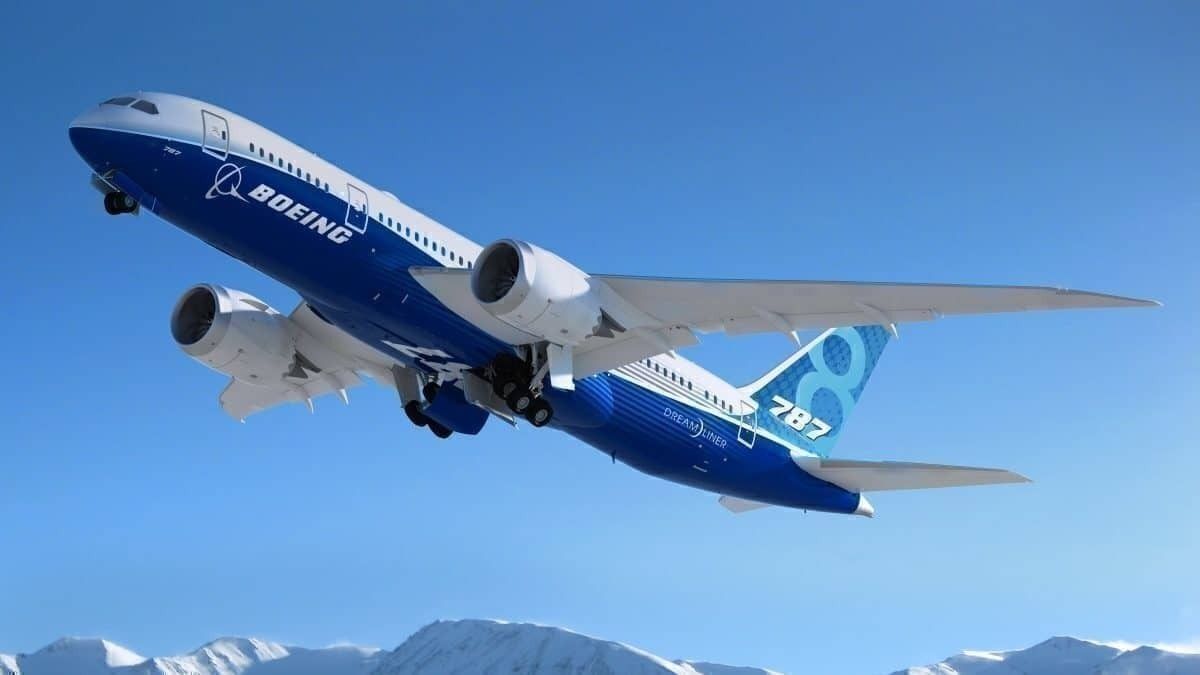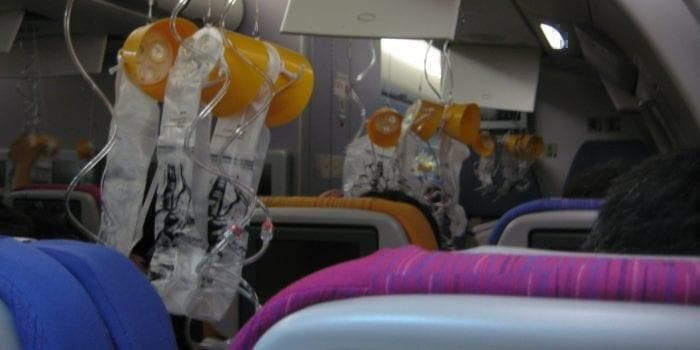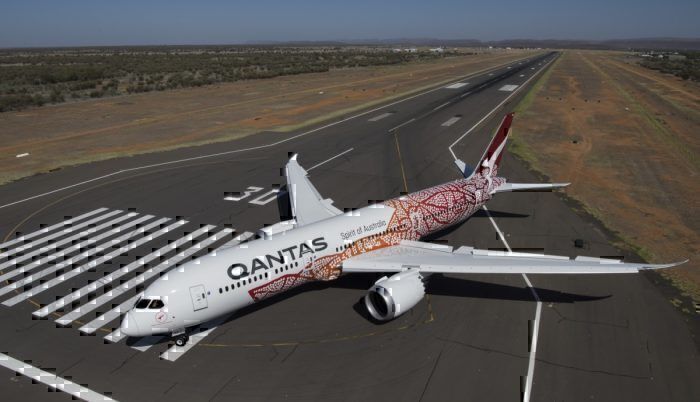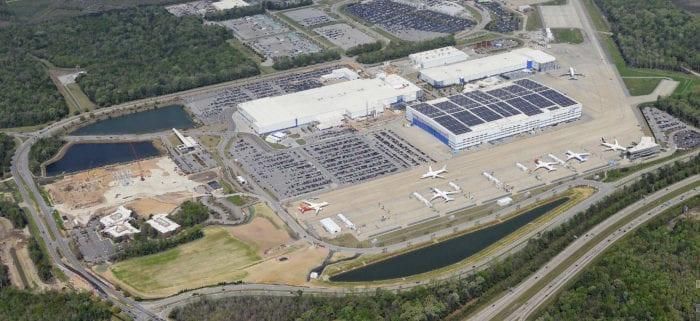***Update 06/11/19 @20:27 UTC - Added input from Boeing on the situation***
A former Boeing employee has come out with allegations regarding the oxygen supply on the 787 Dreamliner. John Barnett, a former quality control manager at Boeing’s South Carolina factory, says that some 25% of the emergency oxygen systems installed in Dreamliners could be defective. Boeing denies the claim.
25% non-functional
A Boeing whistleblower has told the BBC that passengers flying on the Boeing 787 Dreamliner could be in trouble if the cabin were to depressurize. John Barnet, a former Boeing employee of 32 years, claims that around a quarter of the oxygen systems on board operational 787 aircraft could be faulty.
Mr. Barnett was the quality control manager for Boeing’s North Charleston, South Carolina factory, which is one of two where the Dreamliners are assembled. He was in his position from 2010 until March 2017, during which time he says that the faulty parts were fitted.
He claims that, in 2016, he identified a problem with the emergency oxygen systems. These are the systems that supply oxygen to masks that automatically drop down from the ceiling in the event of sudden depressurization. Barnett noted that, when he was decommissioning systems that had suffered minor cosmetic damage, some oxygen bottles were not discharging when they should have.
As a result, he arranged for controlled testing to be carried out by Boeing’s R&D division. These tests were on brand new, undamaged bottles and mimicked the way the systems would be used in the event of an emergency. The test revealed that, out of the 300 systems inspected, 75 did not function – a failure rate of 25%.
Barnett goes on to say that any attempt to further look into the issue were stonewalled by Boeing management. He raised the issue with the FAA, he says, but again drew a blank as the FAA claimed Boeing was already looking into it.
Workers under pressure
Mr. Barnett points the finger of blame at an immense amount of pressure that employees at the plant were felt to be under. He says that the rush to get new aircraft off the production line meant corners were cut and safety was compromised. He told the BBC that the culture at Boeing is,
"…all about speed, cost-cutting and bean count (jobs sold)". He claims managers are "not concerned about safety, just meeting schedule".
"Based on my years of experience and past history of plane accidents, I believe it's just a matter of time before something big happens with a 787," he says.
"I pray that I am wrong."
He goes on to allege that workers were known to even fit substandard parts from the scrap bins to aircraft, just to get the job done. According to him, Boeing also failed to track faulty parts through the system, thereby allowing defective items to become ‘lost’. This allegation is supported by a 2017 FAA report in which 53 faulty parts were identified as being missing.
It’s not the first time production practices at the North Charleston facility have been called into question. Back in April this year, issues were raised with the quality of the aircraft leaving this plant, with allegations of waste material and metal shavings being found on aircraft. Some airlines, including Qatar, even rejected completed planes or requested to only receive them from Everett as a result.
In the wake of the 737 MAX, the South Carolina plant was subpoenaed by the US DoJ, suggesting the MAX investigation was spreading to the wider culture at Boeing. However, Boeing has vehemently denied any issues at the factory, saying that the rumors painted “a skewed and inaccurate picture of the program and of our team here at Boeing South Carolina.”
Boeing denies the claims
Boeing has responded to Simple Flying's request for comment with detailed information on the situation. They told us,
Boeing and the FAA implement a rigorous inspection process to ensure that all our airplanes are safe and built with the highest levels of safety and quality. FAA inspectors are located at all Boeing final assembly facilities and as part of their normal regulatory oversight process, and have complete access to the factory and flight line. All our planes go through multiple safety and test flights, as well as extensive Boeing, FAA, and airline inspections before they leave our factory and before the traveling public boards those planes for the first time. We encourage and expect our employees to raise concerns and when they do, we thoroughly investigate and fully resolve them, in cooperation with the FAA, where appropriate.
In 2017, Boeing’s normal 787 production testing identified some oxygen bottles received from the supplier that were not deploying properly. We removed those bottles from production so that no defective bottles were placed on airplanes, and we addressed the matter with the supplier through Boeing’s normal FAA-approved processes. With respect to in-service airplanes, the oxygen bottles’ functionality is tested at regular intervals as part of the airlines’ regular operational maintenance, and any bottles found to be malfunctioning are replaced. The FAA confirmed this is not a safety of flight issue.
The passenger oxygen system on each airplane, including the oxygen bottles within that system, is tested multiple times before delivery. The system is also tested at regular intervals once the airplane enters into service. If at any time the system or a subcomponent does not pass the test, it does not remain on the airplane—it is replaced. Of course, that happens sometimes—which is why the robust testing exists. There are a number of reasons that a particular system might not pass the test, necessitating replacement, and Boeing has worked closely with its supplier to identify those root causes and continuously work to improve the first-pass rate of the product—just as Boeing does with all its suppliers. But the core point is this: Every passenger oxygen system installed on our airplanes is tested multiple times before delivery to ensure it is functioning properly, and must pass those tests to remain on the airplane.




